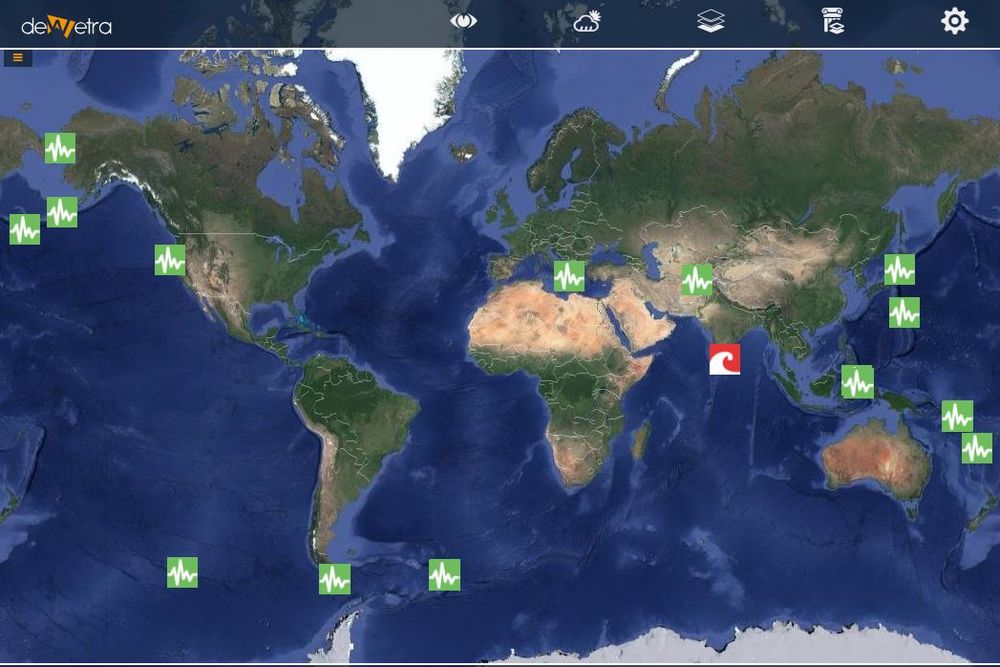Difference between revisions of "GDACS RSS"
(Created page with " [Home] - [Observations] <br/> {| class="wikitable" |- |style="background-color: orange;" |Layer name |style="background-color: orange;"|GD...") |
|||
| Line 30: | Line 30: | ||
|Screenshot | |Screenshot | ||
|[[File:all_gdacs.JPG|1000px|thumb|centre|]] | |[[File:all_gdacs.JPG|1000px|thumb|centre|]] | ||
| − | |[[File: | + | |[[File:all_leg_gdacs.JPG|800px|thumb|centre|Legend]] |
|- | |- | ||
|style="background-color: grey;"| Properties | |style="background-color: grey;"| Properties | ||
Revision as of 12:37, 16 November 2018
| Layer name | GDACS_RSS | |
| Tag | Alert | |
| Folder | ||
| Source | GDACS | |
| Description | Global Disaster Alert and Coordination System (GDACS) is a cooperation framework between the United Nations and the European Commission. It includes disaster managers and disaster information systems worldwide and aims at filling the information and coordination gaps in the first phase after major disasters. GDACS provides real-time access to web‐based disaster information systems and related coordination tools. GDACS activities are presented and endorsed by the GDACS Advisory Board, which is currently chaired by the Joint Research Centre. Annual GDACS Advisory Group meetings are attended by disaster managers, scientists, map experts, webmasters and other professionals, to define standards for information exchange and a strategy for further development of related tools and services. The Activation and Coordination Support Unit (ACSU) or Emergency Response Support Branch (ERSB) in the United Nations Office for Coordination of Humanitarian Affairs (OCHA) in Geneva acts as GDACS Secretariat. The integrated GDACS website offers the following disaster information systems and online coordination tools, GDACS Disaster Alerts, which are issued and disseminated to some 25,000 subscribers immediately following sudden-onset disasters. The automatic estimates and risk analysis–the basis of the alerts –are provided by the European Commission Joint Research Centre (JRC). | |
| Screenshot | File:All leg gdacs.JPG Legend | |
| Properties | ||
| Available variables | Natural disasters happened in the last 24 hours | |
| Available accumulations | ||
| Available interpolation algorithms | ||
| Available filters | ||
| Spatial aggregations |
